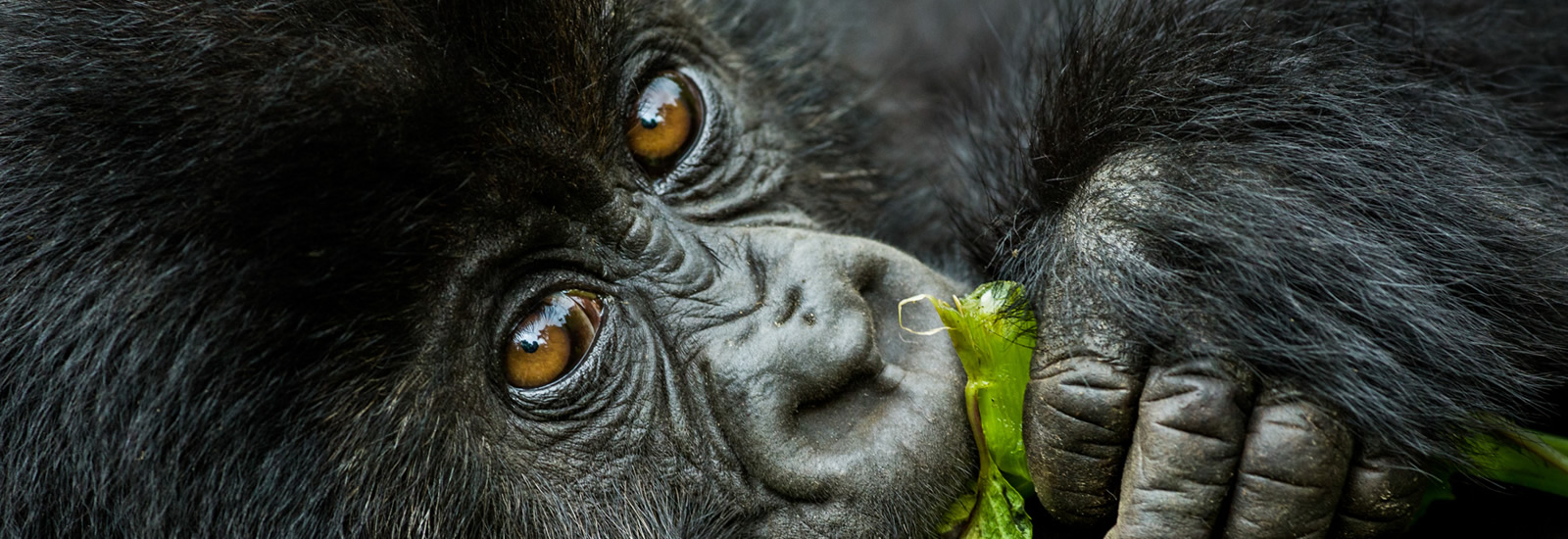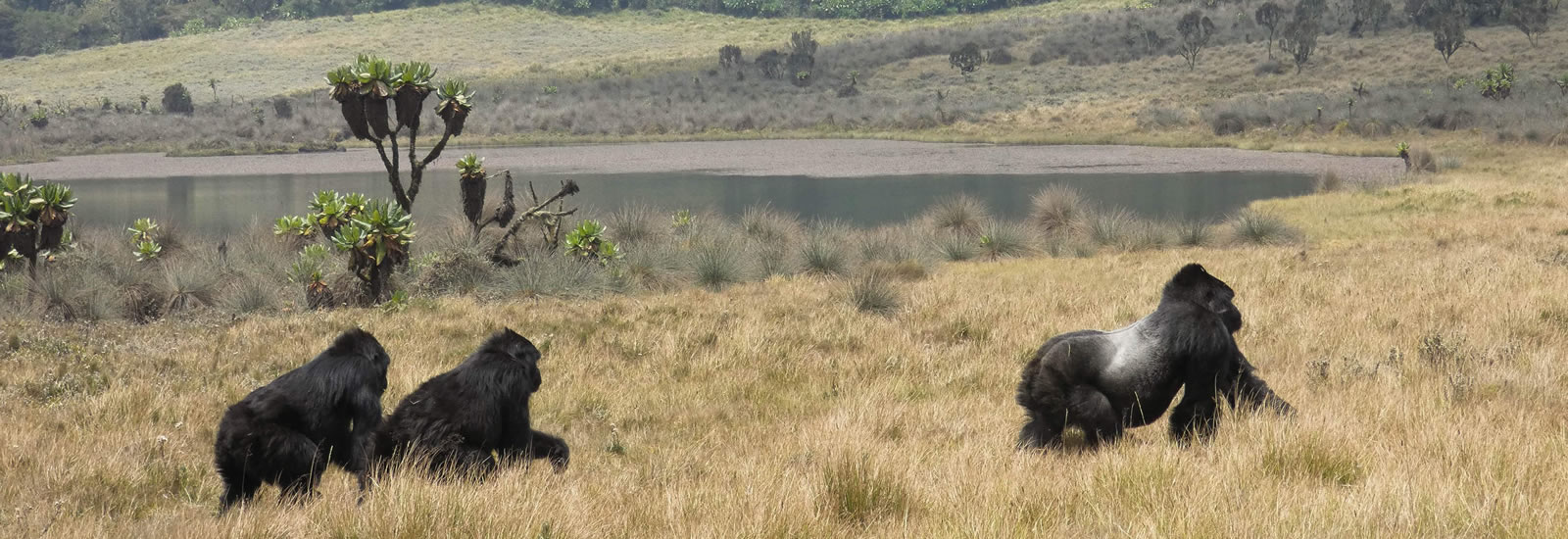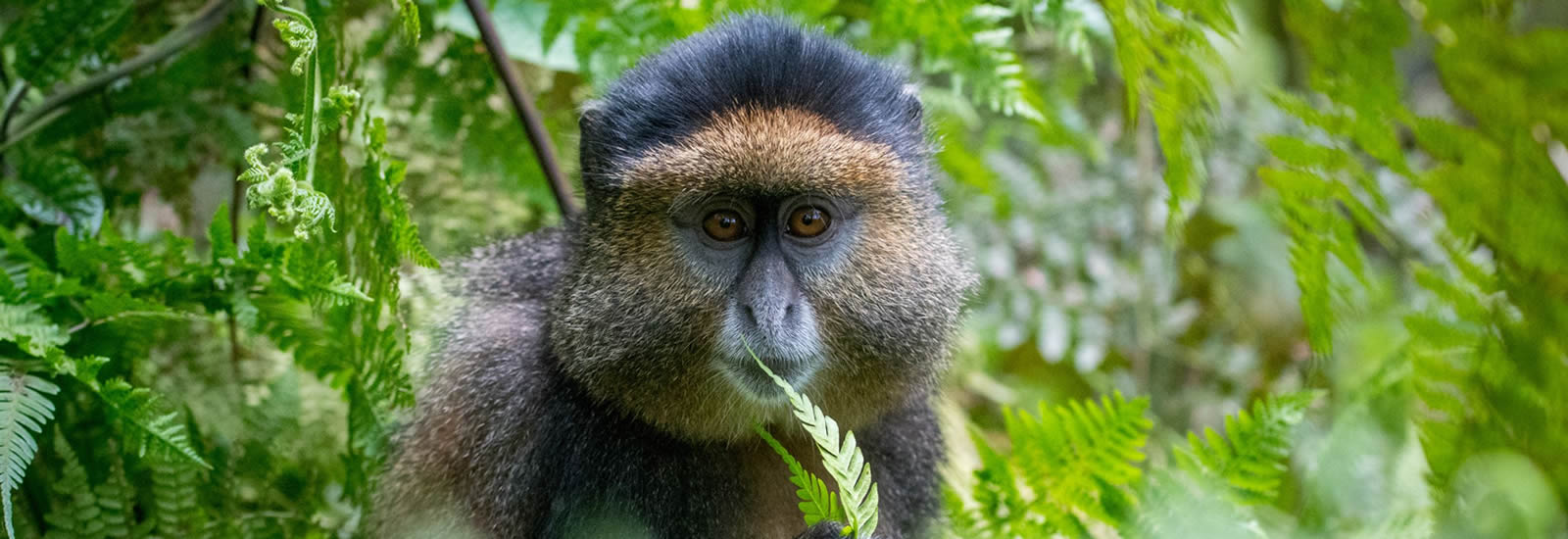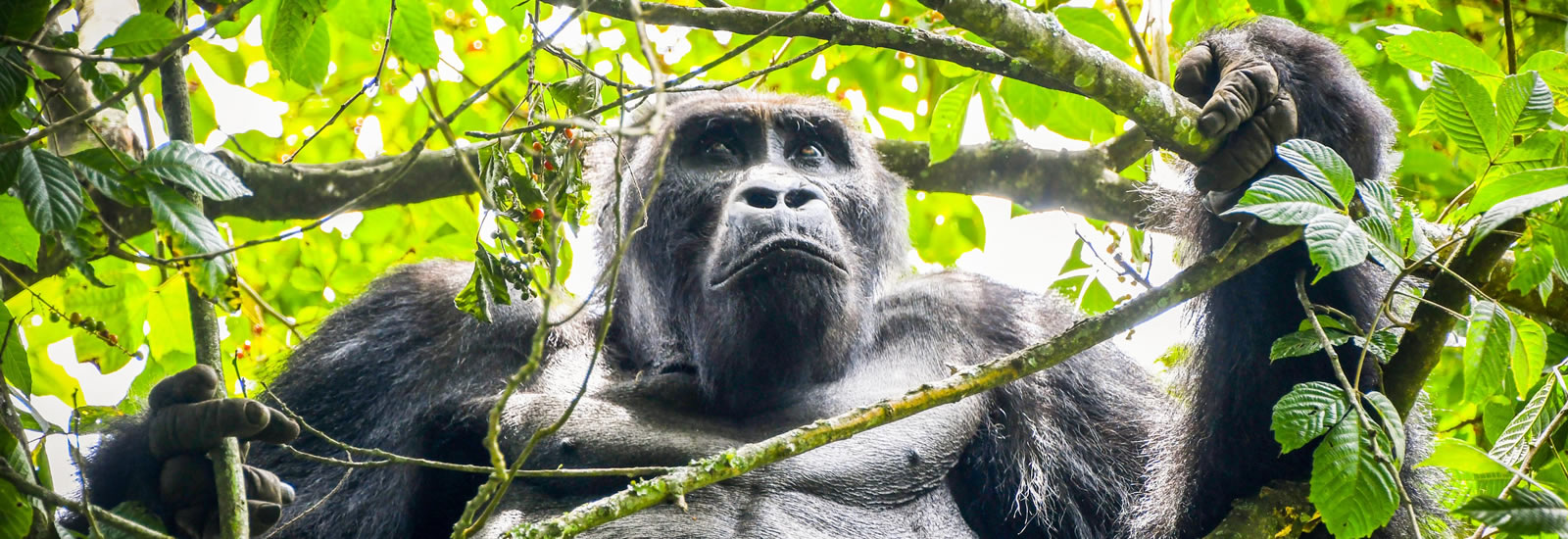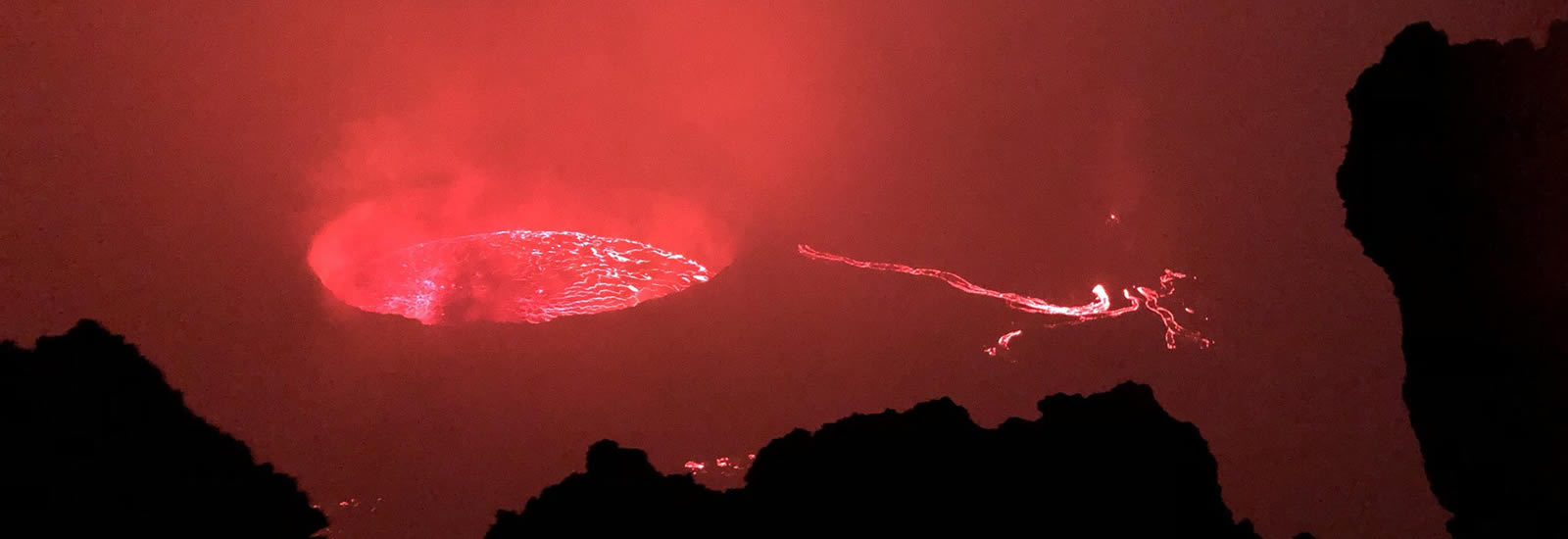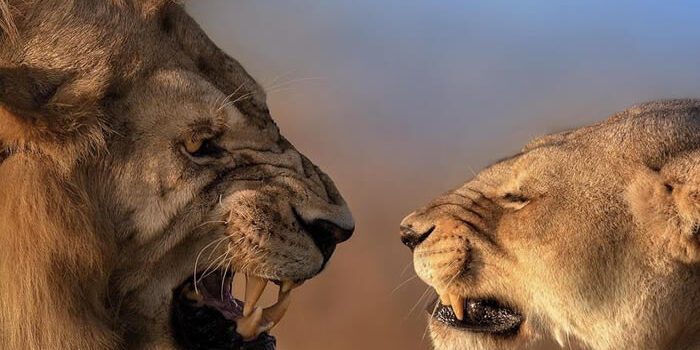Gorilla Safari & Tanzania Wildlife Safari 2025 Guide – Primate Safaris Rwanda
A safari is more than just a trip it’s an unforgettable journey into the heart of Africa, where the wilderness comes alive in ways that few other places on Earth can offer. In 2025, a growing number of travellers are seeking to expand their safari experiences by combining two extraordinary types of adventures: a primate safari and a Tanzania wildlife safari.
While Tanzania is renowned for its vast savannas, iconic big game, and the Great Migration, a primate safari in Uganda or Rwanda provides an entirely different experience, focusing on the world’s most fascinating and endangered primates, such as gorillas and chimpanzees.
This combination offers the best of both worlds. From the dense forests of Rwanda and Uganda, where you can track gorillas and other primates, to the sprawling plains of Tanzania’s Serengeti and Ngorongoro Crater, where you will witness the raw power and beauty of Africa’s big game, this safari provides a diverse and enriching experience. Whether you are a wildlife lover, a nature photographer, or someone looking for a once-in-a-lifetime adventure, combining a primate safari with a Tanzania wildlife safari will leave you with memories to last a lifetime.
In this article, we will dive into 10 reasons why you should consider combining a primate safari with a Tanzania wildlife safari in 2025.
- Witnessing the Great Gorillas of Uganda or Rwanda
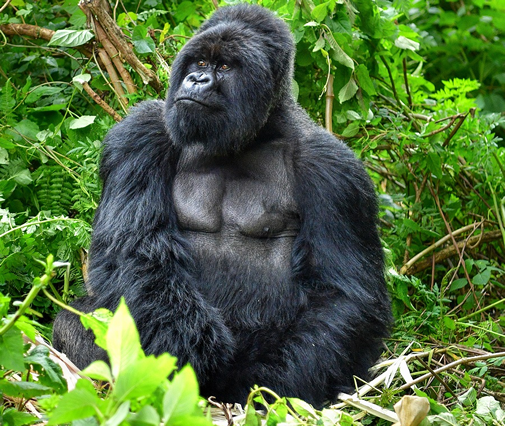 A primate safari, especially a gorilla trek, takes you into the heart of East Africa’s rainforests, where you can meet the world’s largest primates in their natural habitat. Uganda and Rwanda are two of the only places on Earth where you can see mountain gorillas up close. These majestic creatures are critically endangered, making the experience even more special. Trekking through dense forests to find a gorilla family is not only an unforgettable adventure but also an opportunity to support wildlife conservation. Combined with a Tanzania safari, this offers a unique balance of rare primate encounters with the vast, open plains of the Serengeti.
A primate safari, especially a gorilla trek, takes you into the heart of East Africa’s rainforests, where you can meet the world’s largest primates in their natural habitat. Uganda and Rwanda are two of the only places on Earth where you can see mountain gorillas up close. These majestic creatures are critically endangered, making the experience even more special. Trekking through dense forests to find a gorilla family is not only an unforgettable adventure but also an opportunity to support wildlife conservation. Combined with a Tanzania safari, this offers a unique balance of rare primate encounters with the vast, open plains of the Serengeti.
- A Unique Blend of Primate and Big Game Safari
While a Tanzania safari offers an opportunity to witness the iconic “Big Five” (lion, elephant, buffalo, leopard, and rhinoceros), a primate safari focuses on the delicate and often elusive world of primates. In Uganda and Rwanda, you can not only observe gorillas but also other primates, such as chimpanzees, golden monkeys, and various species of monkeys. This combination allows you to see the full spectrum of wildlife, from the giants of the savannah to the fascinating behaviours of smaller, more agile primates in their lush forest habitats.
- Diverse Landscapes and Ecosystems
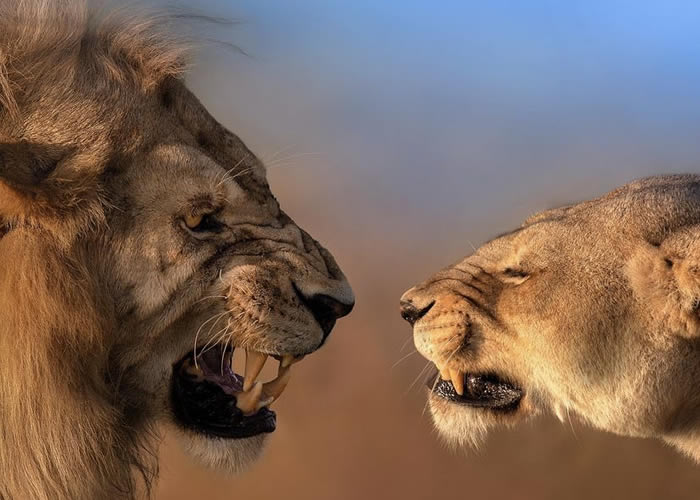 A primate safari typically takes you to lush, mountainous regions, such as the Volcanoes National Park in Rwanda or Bwindi Impenetrable Forest in Uganda. These areas offer rich biodiversity and stunning scenery, with mist-covered mountains and deep valleys. On the other hand, Tanzania’s wildlife safaris bring you to vast plains, savannahs, and the world-famous Serengeti, where the Great Migration takes place. The contrast between the dense, tropical rainforest and the open grasslands of Tanzania gives you the opportunity to experience two radically different ecosystems and landscapes in one trip.
A primate safari typically takes you to lush, mountainous regions, such as the Volcanoes National Park in Rwanda or Bwindi Impenetrable Forest in Uganda. These areas offer rich biodiversity and stunning scenery, with mist-covered mountains and deep valleys. On the other hand, Tanzania’s wildlife safaris bring you to vast plains, savannahs, and the world-famous Serengeti, where the Great Migration takes place. The contrast between the dense, tropical rainforest and the open grasslands of Tanzania gives you the opportunity to experience two radically different ecosystems and landscapes in one trip.
- The Serengeti and Ngorongoro Crater – Iconic Wildlife Experiences
Tanzania’s Serengeti National Park is one of the most famous wildlife reserves in the world. It is home to the Great Migration, where millions of wildebeest and zebras travel across the plains in search of food and water. The Ngorongoro Crater, a UNESCO World Heritage site, offers an unparalleled wildlife experience. The vast caldera is home to a variety of animals, including the endangered black rhino. These iconic locations provide world-class wildlife viewing, and they complement the Primate safari experience perfectly, offering the best of both worlds.
- Cultural and Historical Significance
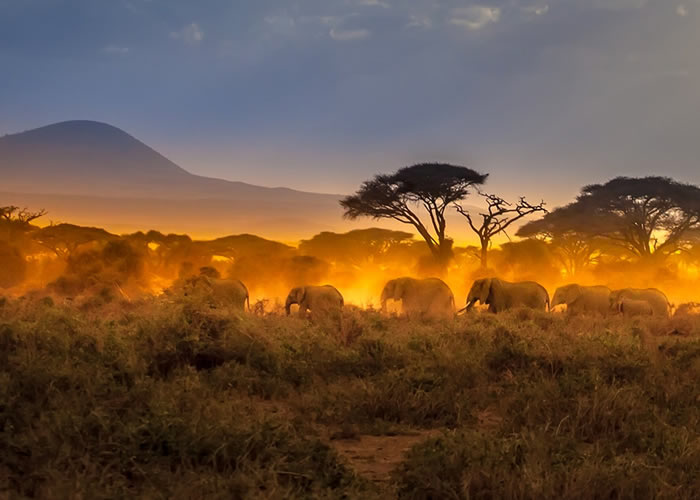 A combined safari gives you a chance to engage with the rich cultures of both Uganda/Rwanda and Tanzania. In Uganda and Rwanda, you can visit local communities that have been integral to the conservation efforts of mountain gorillas and other species. You can learn about the history of the region, the importance of eco-tourism, and how communities have worked to protect these primates. In Tanzania, you can learn about the Maasai culture, visit local tribes, and discover their deep connection to the land and wildlife. This cultural experience adds another layer of meaning to your safari, connecting you with the people who help protect these beautiful creatures.
A combined safari gives you a chance to engage with the rich cultures of both Uganda/Rwanda and Tanzania. In Uganda and Rwanda, you can visit local communities that have been integral to the conservation efforts of mountain gorillas and other species. You can learn about the history of the region, the importance of eco-tourism, and how communities have worked to protect these primates. In Tanzania, you can learn about the Maasai culture, visit local tribes, and discover their deep connection to the land and wildlife. This cultural experience adds another layer of meaning to your safari, connecting you with the people who help protect these beautiful creatures.
- Conservation Efforts and Responsible Tourism
Both Uganda and Tanzania are at the forefront of wildlife conservation efforts. The primate safari experience in Uganda and Rwanda helps support these efforts, as gorilla trekking permits contribute directly to the preservation of the species. Similarly, Tanzania has strong conservation programs to protect its wildlife and habitats. By combining a primate safari with a Tanzania safari, you contribute to the sustainable tourism model that helps fund these vital conservation programs. This ensures that future generations will be able to experience these animals and ecosystems as you have.
- Incredible Bird Watching Opportunities
While the main focus of a wildlife safari is often on large mammals, both a primate safari and a Tanzania safari offer excellent opportunities for birdwatching. Uganda and Rwanda are home to a wide variety of bird species, including rare and endemic species like the Rwenzori turaco and the grey-cheeked hornbill. Tanzania, especially around the Serengeti and Ngorongoro, is also a birdwatcher’s paradise, with over 1,000 bird species. Whether you’re birdwatching in the dense forest or the open plains, the diversity of birds will add a wonderful dimension to your safari.
- Less Crowded, More Intimate Wildlife Encounters
 Primate safaris, particularly gorilla trekking, are relatively exclusive compared to large safari vehicles in Tanzania’s national parks. Trekking groups are often limited in size, which makes the experience more intimate and personal. This exclusivity offers a rare opportunity to engage deeply with the animals and their behaviour. In Tanzania, although some parks can be busy, it’s still possible to find areas where you can have more private encounters with animals, especially when you venture off the beaten path or visit during the shoulder season.
Primate safaris, particularly gorilla trekking, are relatively exclusive compared to large safari vehicles in Tanzania’s national parks. Trekking groups are often limited in size, which makes the experience more intimate and personal. This exclusivity offers a rare opportunity to engage deeply with the animals and their behaviour. In Tanzania, although some parks can be busy, it’s still possible to find areas where you can have more private encounters with animals, especially when you venture off the beaten path or visit during the shoulder season.
- A Balanced Adventure with Relaxing Downtime
Combining the two types of safaris also offers a perfect balance between adventure and relaxation. While trekking to find gorillas or chimpanzees involves physical effort and concentration, it is often followed by more relaxed days in Tanzania, where game drives offer a more laid-back way to observe wildlife. This balance makes for a varied trip, keeping the pace enjoyable without overwhelming you with too much physical exertion. It also allows you to immerse yourself in nature while having the time to reflect and unwind.
- A Truly Once-in-a-Lifetime Experience
Finally, combining a primate safari with a Tanzania wildlife safari creates a once-in-a-lifetime adventure that few people get to experience. The combination of meeting endangered gorillas, trekking through lush forests, and observing the incredible diversity of wildlife on the Serengeti is something that stays with you forever. Whether you’re a seasoned traveler or a first-time safari-goer, this experience will offer memories you’ll cherish for a lifetime.
Conclusion
Combining a primate safari with a Tanzania wildlife safari in 2025 is an incredible way to immerse yourself in East Africa’s natural beauty and wildlife. From the rare and intimate experiences with gorillas and chimpanzees to the iconic big-game safaris across Tanzania’s national parks, this journey offers the best of both worlds. Whether you are a nature lover, wildlife photographer, or simply someone who loves the beauty of the African continent, this safari combination is sure to provide an unforgettable experience that you will treasure for years to come.


